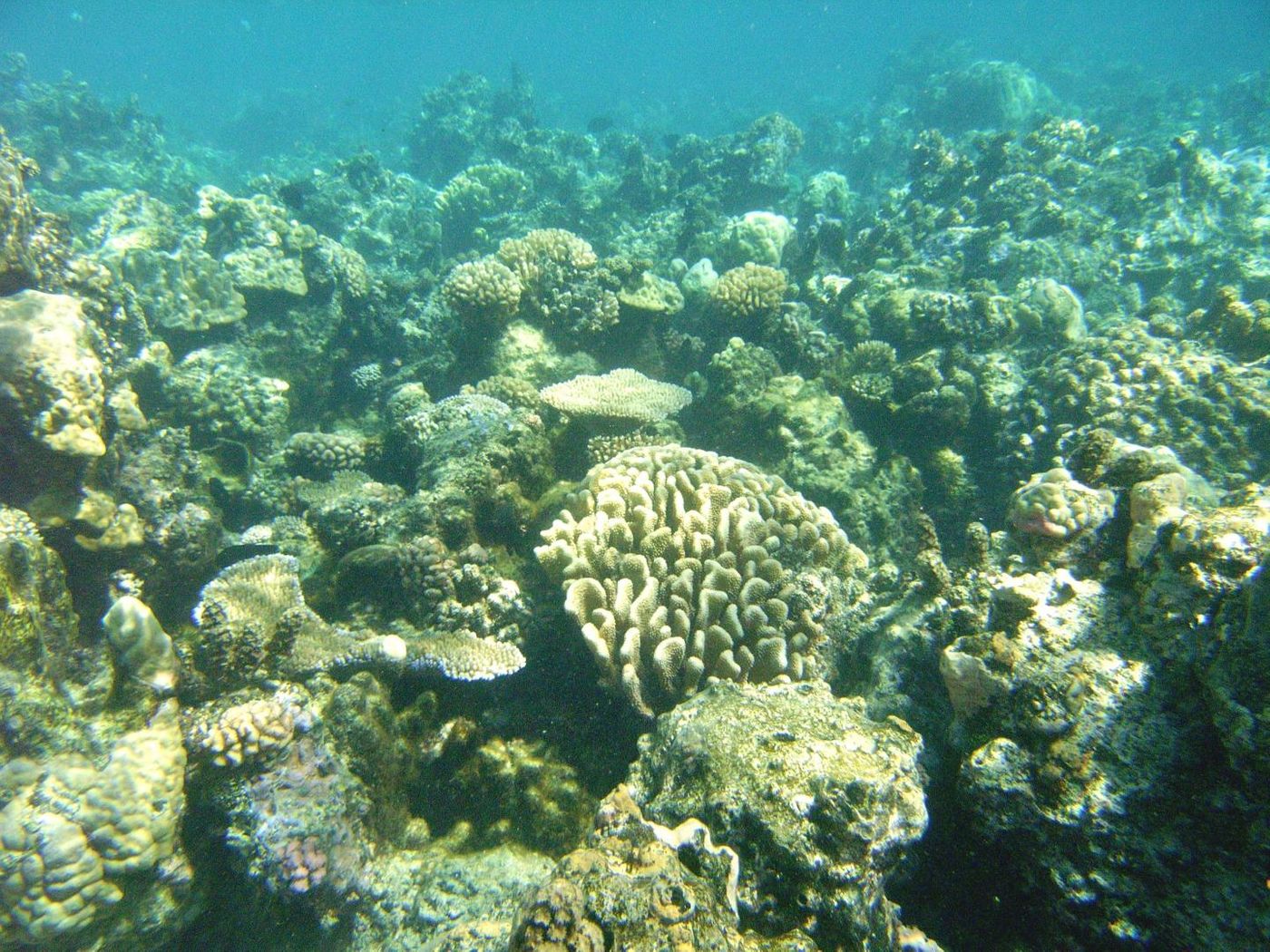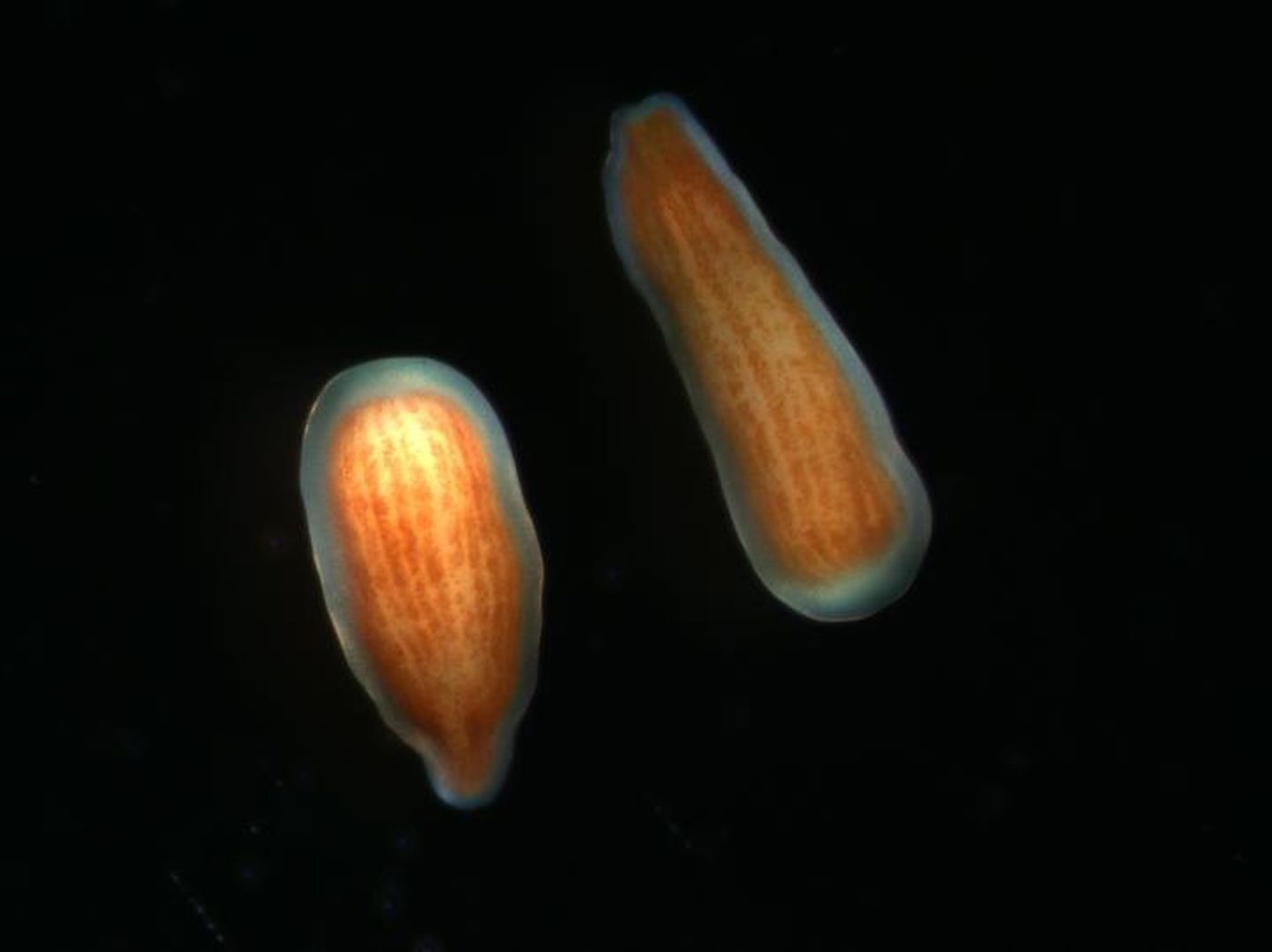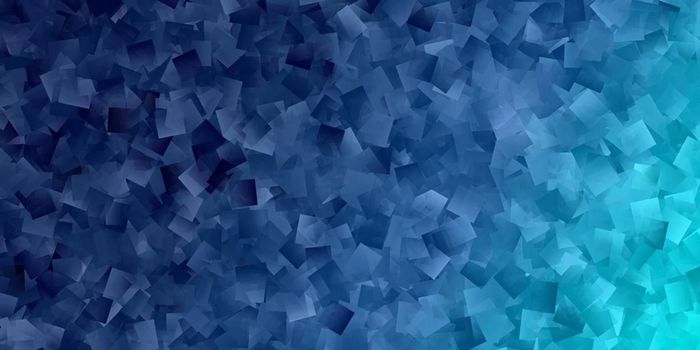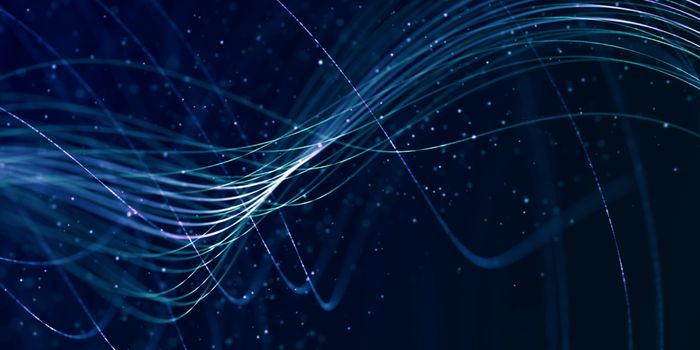Genomic Study of Coral Bleaching Surprises Researchers
Coral and algae have a symbiotic relationship. When water gets too warm, a frequent occurrence in recent years, algae leaves the coral, rendering it white in an event referred to as coral bleaching. Besides increasing temperatures, oceans are becoming acidic because they absorb atmospheric carbon dioxide, which is at unprecedented levels. Scientists wanted to learn more about how algae are impacted by coral bleaching events. With cutting-edge genomic tools, they found that algae genes are actually more disrupted than coral genes during these events; their findings have been reported in Frontiers in Marine Science.
For this work, a research team including Emily Rivest of William & Mary's Virginia Institute of Marine Science exposed coral and their algae partners to current temperature and pH levels, and another group to the levels that are predicted for the year 2100. Genetic material was harvested from the coral and algae to assess gene expression in the organisms.
The researchers were surprised to find that more algae genes were impacted than coral genes. "We saw more differences in gene expression in the symbiont than in the coral, which was really interesting because I think people assume that the coral, since it's the animal and is bigger, would be the one in control and most likely to change,” noted Rivest.
While 17 genes were expressed at different levels in the coral that were subjected to environmental stress, in algae, 89 genes had altered expression levels. Recent developments have made this research possible.
It used to be difficult to tell the difference between pieces of algae DNA, and the DNA from corals. Genetic libraries have been developed for each of these organisms in recent years; the team was able to use them to ascertain which organism the genetic material belonged to.
"We can use these new bioinformatic resources to say 'OK, find the match. That's really exciting, especially for corals, which are tricky animals to work with in terms of generating sequence data. Until recently, we just didn't have good enough genetic libraries to do this type of work efficiently,” explained Rivest.
The work will help understand how the events that lead up to the point where the coral is totally bleached, and how coral and algae are threatened by it.
"When we look for bleaching, we're often measuring the color of the coral, which reflects the number of symbionts that are there," said Rivest. The algae are what gives coral its color, because of the photosynthetic pigments they carry. When coral is in distress and loses its algae, it becomes white.
"But, our study suggests that even if you don't have a bleached coral, the relationship between the symbiont and the coral might be really different,” said Rivest. “So it's important to go beyond just how many symbionts are there, we really need to understand how this relationship is changing, and well before the symbionts leave."
"If we could anticipate when bleaching will occur," she added, "we could perhaps try to rescue these reefs--shade them, transplant selected corals--whatever might work to prevent these massive events from happening. So we need to know what the warning signs are. If you could identify a particular gene-expression signature, or an elevated activity or a particular protein, then you'd know what to efficiently measure and look for."
"The best solution to coral bleaching is to address the global warming trend of the ocean," she noted. "An early warning system can't prevent these events from happening, but it could help us to mitigate the losses and help coral reefs persist in one form or another into the future."
Learn more about coral bleaching from the animated video by Howard Hughes Interactive.
Sources: AAAS/Eurekalert! Via Virginia Institute of Marine Science, Advances in Atmospheric Science, NOAA, Frontiers in Marine Science




![WGS for rare disease diagnosis [eBook]](https://d3bkbkx82g74b8.cloudfront.net/eyJidWNrZXQiOiJsYWJyb290cy1pbWFnZXMiLCJrZXkiOiJjb250ZW50X2FydGljbGVfcHJvZmlsZV9pbWFnZV84MmRlM2UyYjA5M2Q3ZTYwOTI3Zjc1YTRjOWU2N2RmMjkzMThjMTJkXzI1MDcucG5nIiwiZWRpdHMiOnsidG9Gb3JtYXQiOiJqcGciLCJyZXNpemUiOnsid2lkdGgiOjcwMCwiaGVpZ2h0IjozNTAsImZpdCI6ImNvdmVyIiwicG9zaXRpb24iOiJjZW50ZXIiLCJiYWNrZ3JvdW5kIjoiI2ZmZiJ9LCJmbGF0dGVuIjp7ImJhY2tncm91bmQiOiIjZmZmIn19fQ==)





